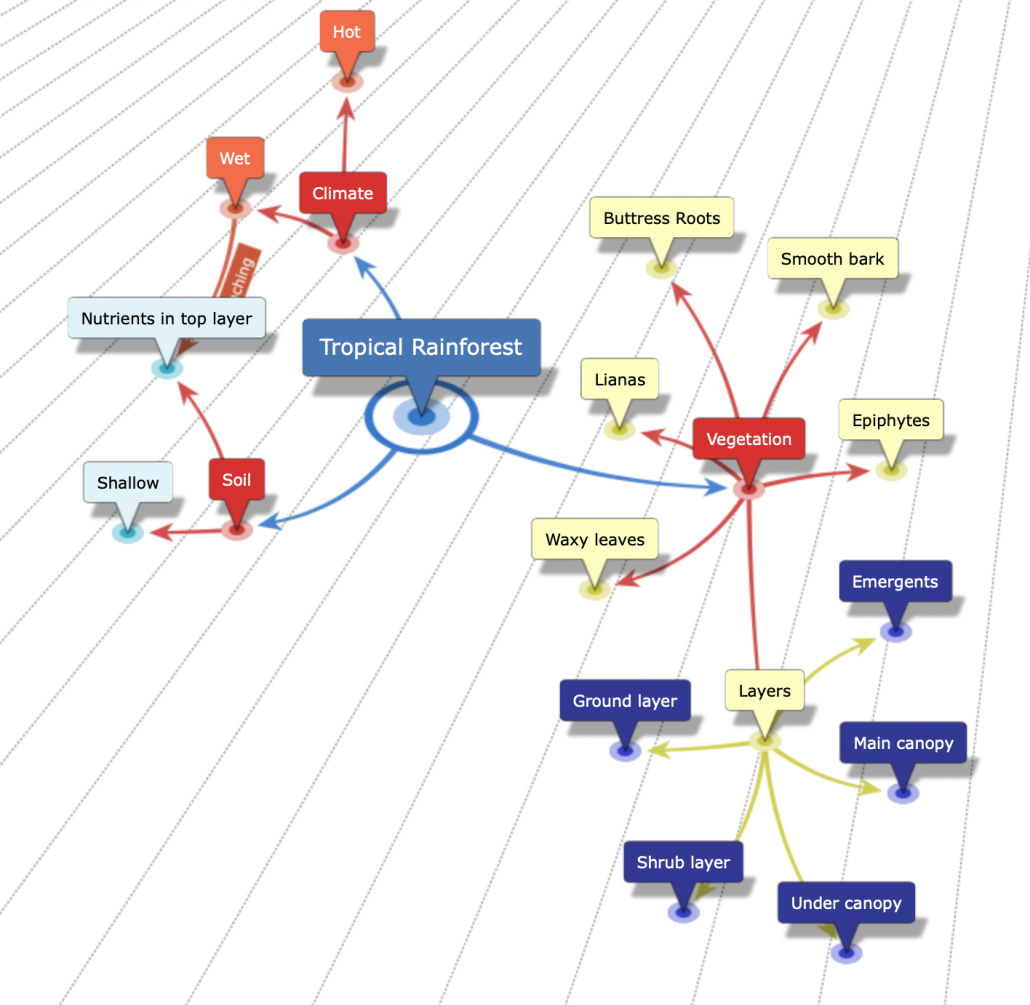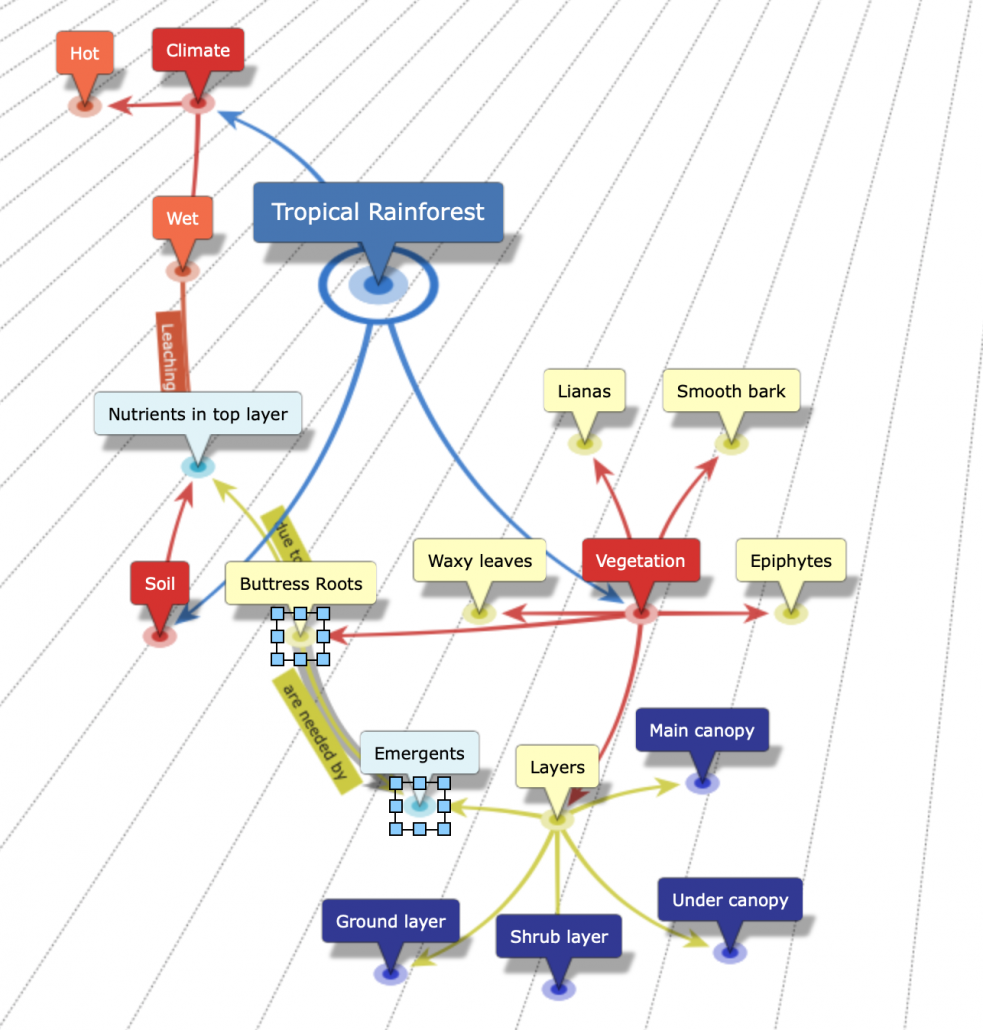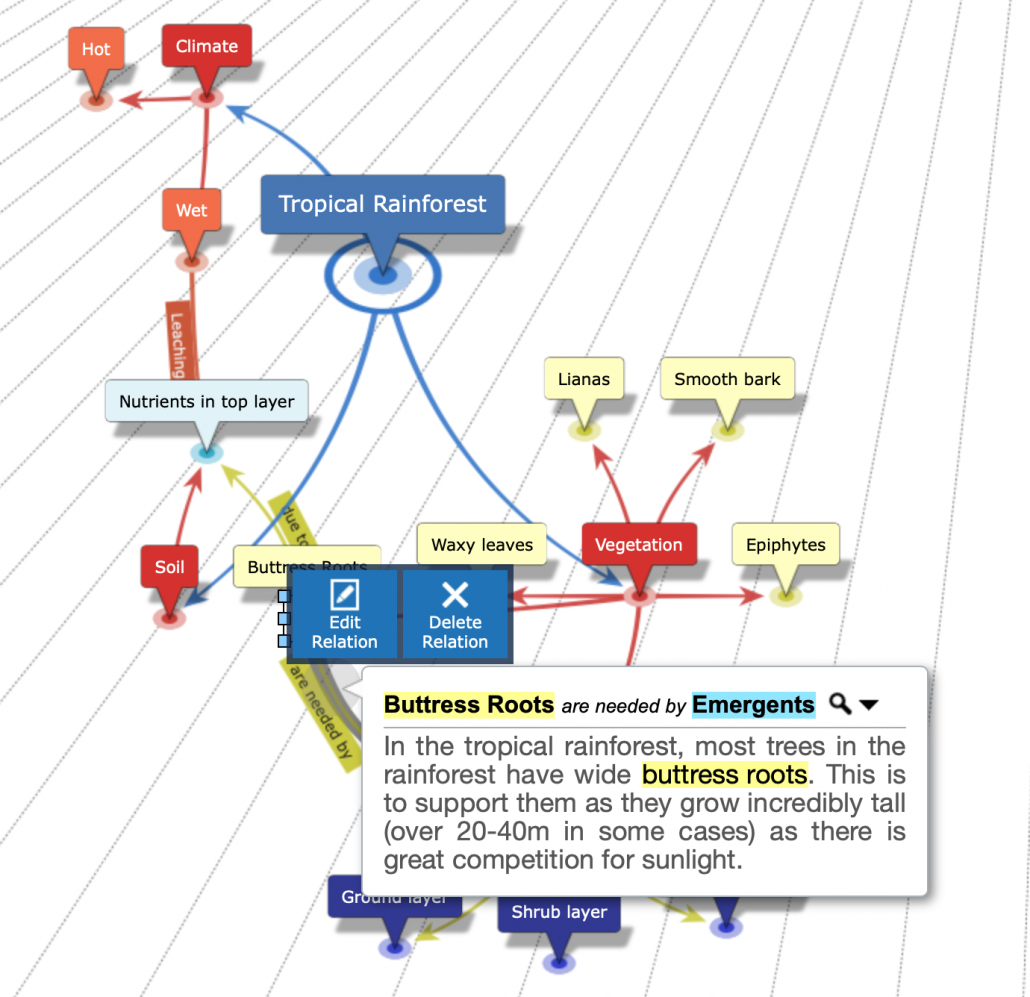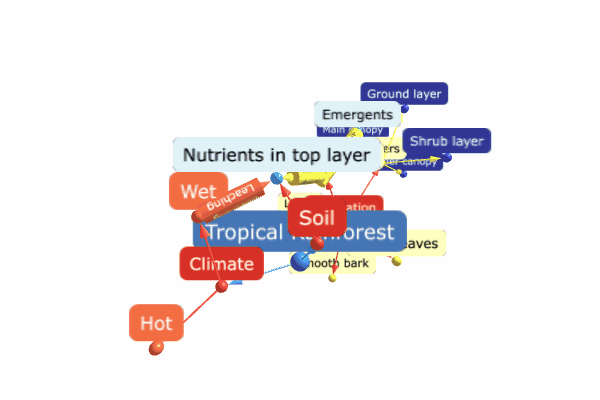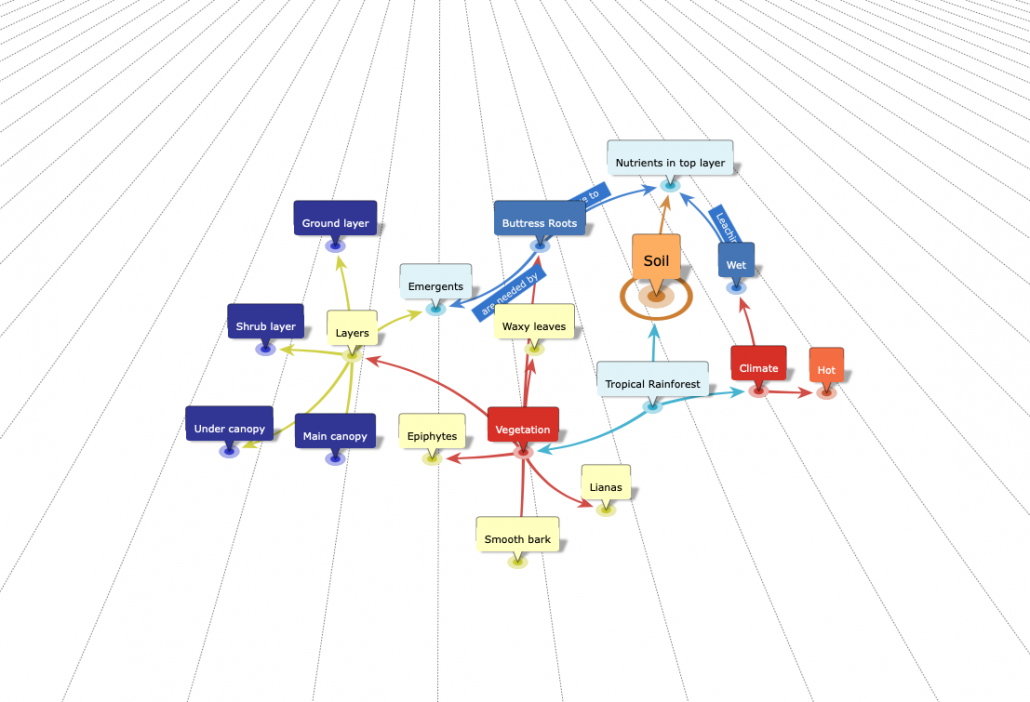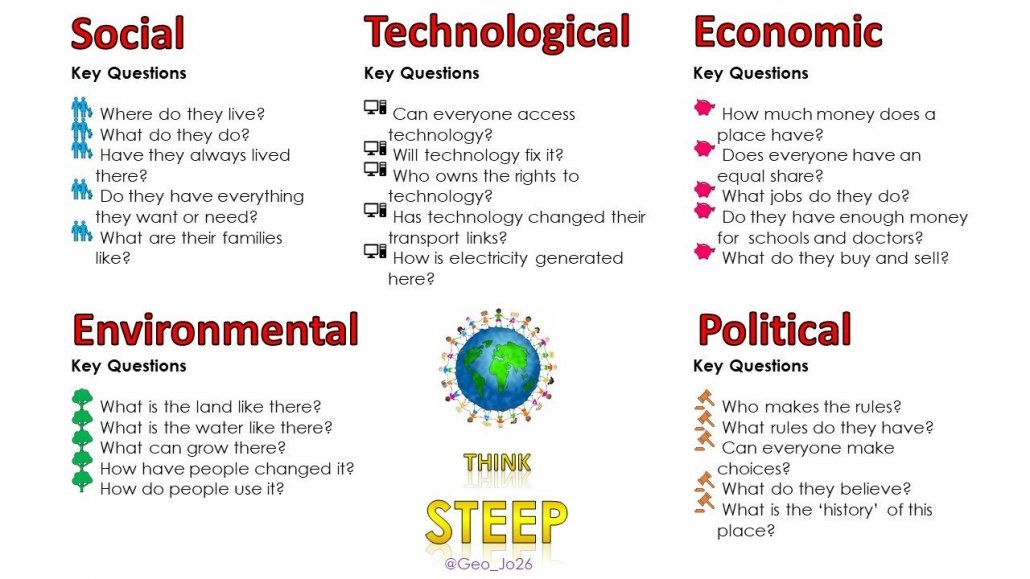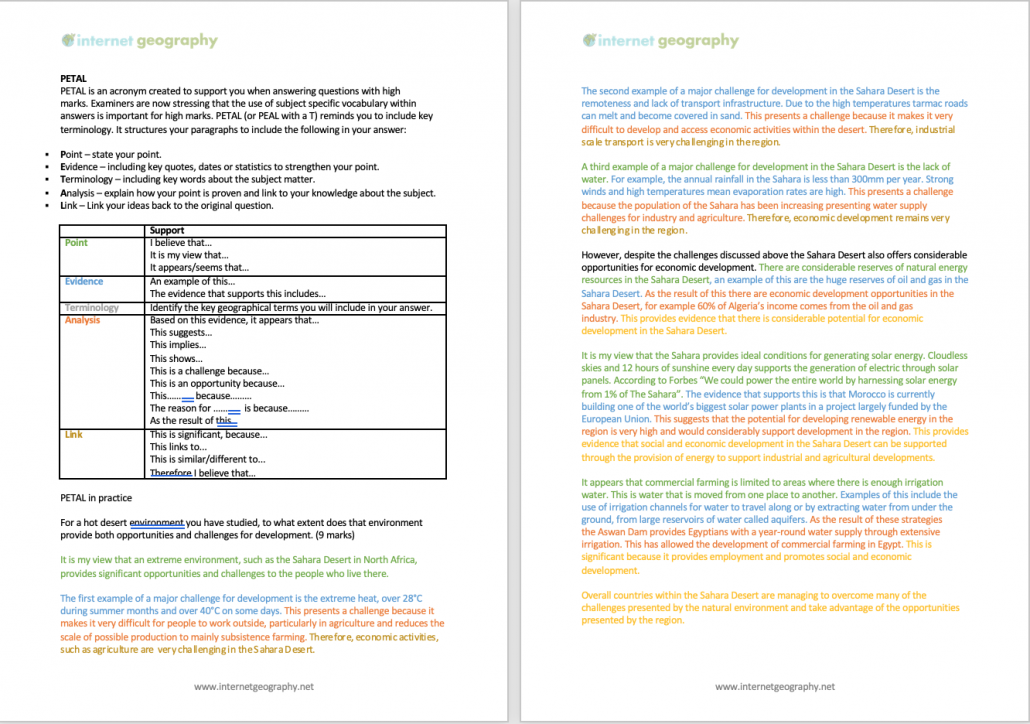Is it time to change how we measure development?
On May 11th author, environmentalist and investigative journalist George Monbiot tweeted an article on The Guardian that really caught my eye.
This is an extraordinary result, suggesting people are ready for a massive change in the way we measure and achieve well-being. It’s the best news I’ve seen for a long time. https://t.co/0epXMUcvgd
— George Monbiot (@GeorgeMonbiot) May 11, 2020
His post shared a piece on The Guardian website by Fiona Harvey exploring the findings of a YouGov poll which suggests Britons want the quality of life indicators to take priority over the economy. The results of the survey suggest eight out of 10 people would prefer the government to prioritise health and wellbeing over economic growth during the coronavirus crisis, and six in 10 would still want the government to pursue health and wellbeing ahead of growth after the pandemic has subsided.
The campaign group that commissioned the research, Positive Money, has suggested the government should publish statistics on social indicators, health, the environment and quality of life give a truer reflection of the UK’s status and should be used by policymakers to meet the needs of the population.
The group have produced a report entitled The Tragedy of Growth, backed by politicians from several parties, including Clive Lewis of Labour, the Green party MP Caroline Lucas, and the former Conservative environment minister Lord Deben, who chairs the committee on climate change. The report calls for a shift away from GDP as the government’s core measure of success. The reasoning behind this is that economic growth, through measures such as GDP, masks the impact economic development has on people’s health and well being, the gap between rich and poor and its environmental impact.
Having read the initial article and report I returned to the original tweet and trawled through the replies to the original post. I found myself descending a late-night rabbit hole that led me on a journey exploring changes to how development is being measured in countries such as Iceland, Bhutan and New Zealand.
This included watching a thought-provoking video called the Gross National Happiness The Paradigm (see below) produced by the Schumacher College and the Gross National Happiness Centre in Bhutan. In it Tho Ha Vinh, program director at the GNH Centre, Butan explains how this paradigm shift involves redefining what we mean by development, making a comparison with the natural world, through the growth of a seed, leading to the development of its own nature. He goes on to discuss how foreign ideologies have been forced on countries, and economic development has been prevalent in measuring the ‘success’ of countries to the expense of other indicators. He raises an interesting point that the economy is a mean, not an end. The end is satisfying human needs. He argues that the goal of an economy should be to bring humans happiness and well-being. Additionally, he raises the point that it is not enough for an economy to focus purely on human needs and that the needs of the natural environment should also be met. He finishes by discussing the need for each country to have its own organic development, based on traditions and culture, that it should meet the needs of the whole (humans and environment).
The TED talk, Bhutan’s Gross Domestic Happiness and Environmental Initiatives, by Tshering Tobgay, Prime Minister of Bhutan explores the paradigm shift in more detail and is certainly worth a watch.
I then went on to discover New Zealand’s new well-being budget that seeks to expand mental health services, reduce child poverty and homelessness, promote Indigenous rights, fight climate change, and expand opportunities and watched Iceland PM Katrin Jakobsdóttir talk about GDP or well-being.
Is it time to change how we measure development?
I may be late to the party on all this, but having reflected over the last 24 hours I’ve come to the conclusion that there is a fantastic opportunity to explore the issues raised in these sources with students, particularly given the results of the YouGov poll which are likely influenced by the Covid-19 outbreak. We have been presented with an opportunity to reflect on what is really important to both the human and natural world. As geographers, we are in the perfect position to investigate this question, given the multitude of synoptic links the question draws on from our discipline. The underlying themes of sustainability, conservation, interdependence, international development, the use of natural resources, spatial variation and change over time could provide a wonderful opportunity to pull together the geography curriculum. The question has the potential to be an amazing enquiry to investigate with learners. If you fancy joining me down the rabbit hole, throwing some ideas about for a unit of study, please let me know!
Thanks,
Anthony

